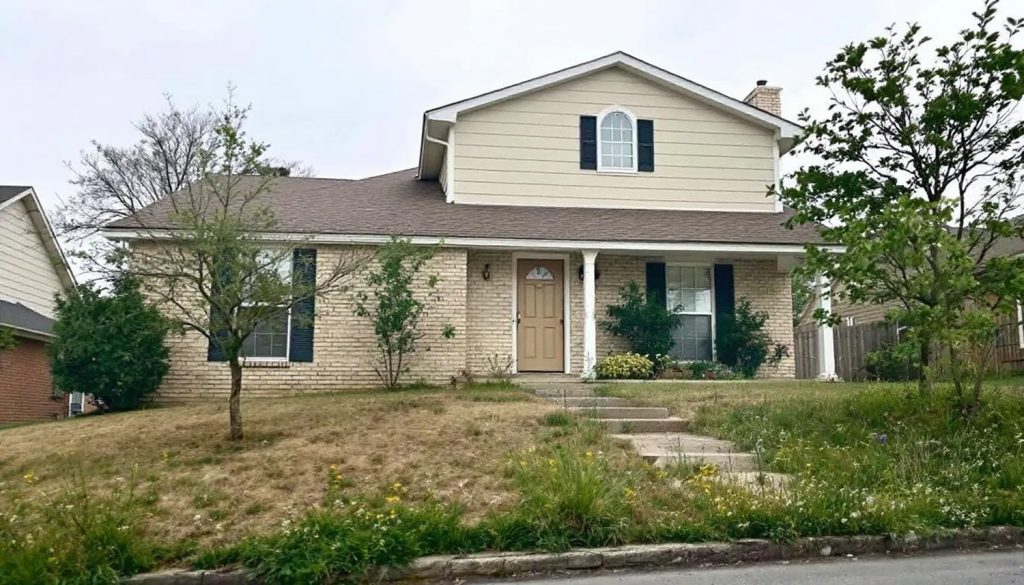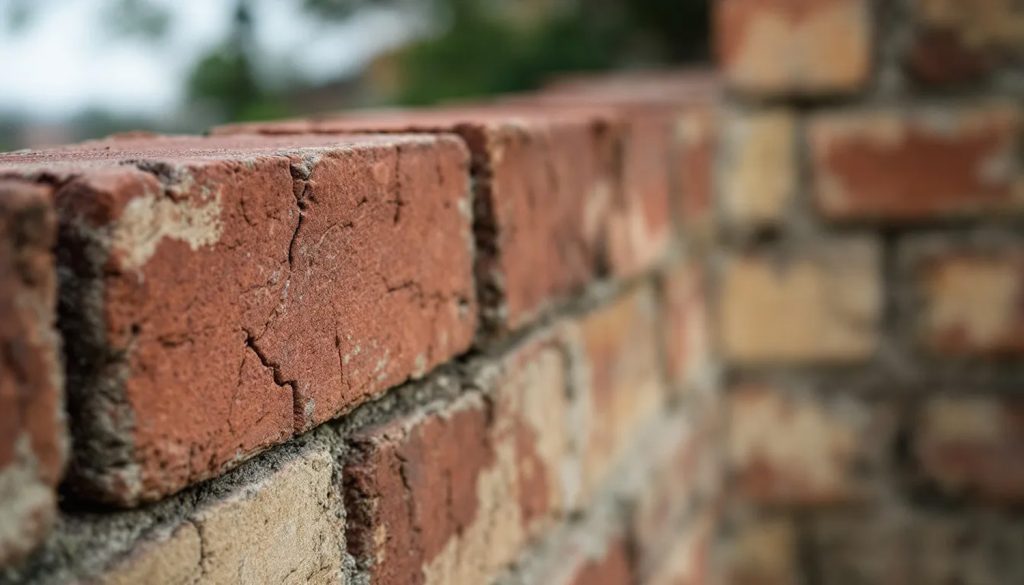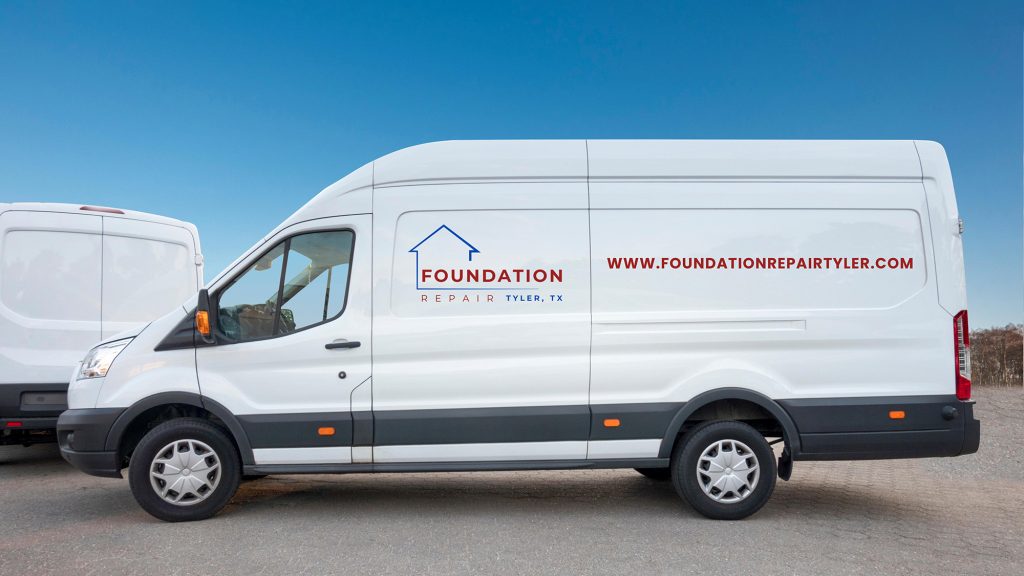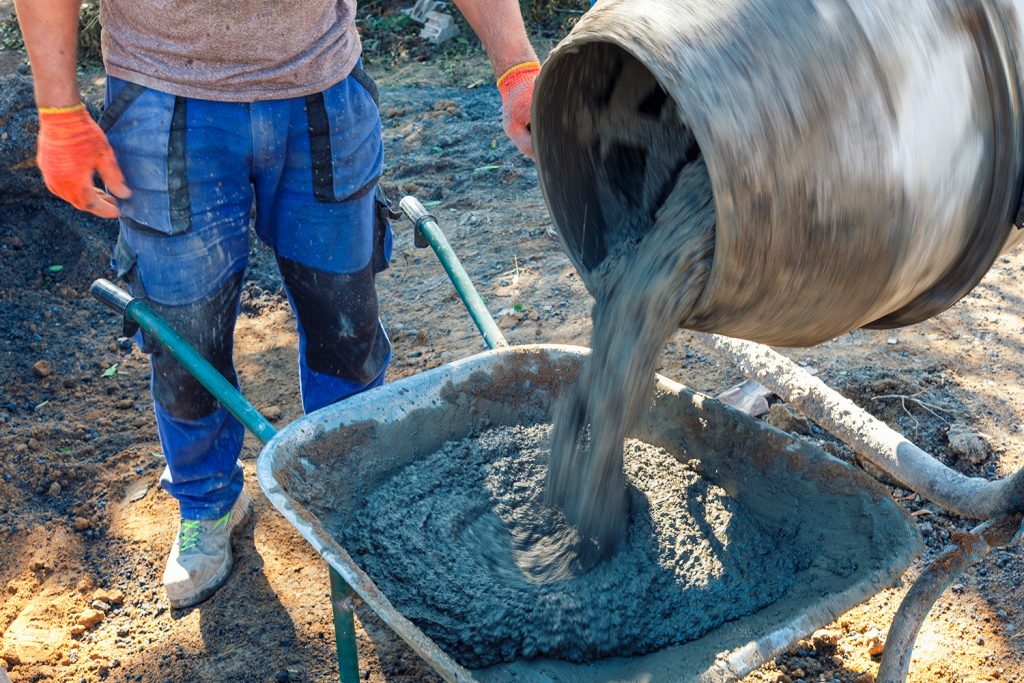Is your retaining wall showing signs of trouble? When these very important structures start to lean, crack, or crumble, it’s more than eyesore -it’s a potential safety hazard.
Don’t wait until small problems become major headaches. Whether you’re dealing with a leaning concrete wall, deteriorating timber, or unstable stone structure, professional repair services can restore both function and appearance. You’ll not only safeguard your landscape investment but also boost your property’s curb appeal and value with a properly maintained retaining wall.
Retaining Walls Construction In Tyler
Retaining walls keep soil in place, preventing erosion, and creating usable space where sloping land once limited your options.
What Is The Purpose Of A Retaining Wall?
They serve as silent protectors for your property by managing the natural forces that can wear on your landscape and reshape it (inconveniently) over time. By hiring us to build a retaining wall, you’re creating a sturdy barrier that prevents damage and keeps your landscaping in place for decades to come.
Holding Soil In Place
Retaining walls keep soil from washing away during Tyler’s heavy rainstorms by creating a solid barrier that prevents erosion on slopes and hillsides.
Leveling Your Yard
You can turn unusable sloped areas into flat, functional spaces with properly constructed retaining walls.
Creating Landscape Beds
Retaining walls also offer perfect opportunities for beautiful raised garden beds and planters.
Get Answers
- Signs You May Need A Retaining Wall
- How To Know If Your Retaining Wall Needs Repairs
- Retaining Wall Services You Can Trust
- Our Process For Installing Or Repairing Retaining Walls
- Frequently Asked Questions About Retaining Walls
Speak To A Retaining Wall Expert Today

If your yard is sloped and erosion is causing you headaches a retaining wall might be the perfect solution for your landscaping problems. And if you’ve already got a retaining wall, but it needs repairs, you’ve come to the right folks.
Get A Free Inspection And Quote
Ready to install a new retaining wall, or have one repaired by professionals? Reach out to speak to one of our experts today to get your project started!

Signs You May Need A Retaining Wall
Your property might be telling you it needs a retaining wall through various warning signs. Recognizing these early indicators can save you from more extensive landscape repairs later.
Sloping Or Uneven Terrain
Properties with hills or slopes benefit greatly from retaining wall installation. When your yard has significant elevation changes, retaining walls create usable flat areas while preventing dangerous soil movement.
Soil Erosion After Rainstorms
Notice soil washing away after heavy rain? Mud collecting on walkways or driveways signals you need better erosion control. Retaining walls effectively redirect water flow and keep your soil where it belongs.
Drainage Issues Or Runoff Problems
Standing water or consistent runoff damaging your foundation indicates poor drainage. A properly built retaining wall system includes drainage solutions that protect both your landscape and home’s foundation.
Exposed Tree Roots Or Rocks
When tree roots or rocks become increasingly visible, soil erosion is actively occurring. Retaining walls stabilize the ground around these features, preventing further exposure and potential plant damage.
Difficulty Landscaping Steep Areas
Struggling to mow or maintain sloped sections of your yard? Retaining walls transform these challenging areas into manageable, attractive landscape features that require less maintenance.

How To Know If Your Retaining Wall Needs Repairs
Retaining walls in Tyler often show warning signs before they fail completely. Catching these problems early can save you money and prevent dangerous collapses that might damage your property.
Visible Cracks And Shifting
Cracks in your retaining wall are red flags that shouldn’t be ignored. Even hairline cracks create entry points for water, accelerating erosion and causing the cracks to widen over time. Watch for horizontal, vertical, or stair-step cracks that signal structural issues from soil pressure or erosion. If sections of your wall are bulging or leaning, you’re facing a serious problem that needs immediate retaining wall repair.
Water Drainage Problems
Proper drainage is very important for any retaining wall’s longevity. When you notice water pooling around your wall or soggy soil behind it, your drainage system isn’t working correctly. This trapped water creates hydrostatic pressure that pushes against the wall, eventually causing shifting and cracks. Clogged drainage pipes often contribute to these issues, especially after heavy Texas rainstorms.

Retaining Wall Services You Can Trust
We’re from Tyler and we understand the unique challenges of East Texas’ soil and weather conditions. Our team delivers professional installation, repairs, and solutions to protect your property.
Decades Of Experience
Our experts are the most trusted retaining wall contractors in Tyler, bringing decades of experience to your project. These professionals understand the specific challenges of East Texas soil conditions and how to build retaining walls that last.
We Understand Local Regulations And Permitting
Getting your retaining wall project done right means navigating Tyler’s building codes and permit requirements. Our team will handle all the permits you’ll need based on your requirements. Our local expertise prevents costly delays and ensures your retaining wall installation meets all city requirements.
Dozens Of Satisfied Customers
Tyler homeowners consistently praise the quality of local retaining wall repairs and installations. Our contractors have completed dozens of successful retaining wall projects throughout the area, from fixing drainage issues to repairing cracks in retaining walls.

Our Process For Installing Or Repairing Retaining Walls
At our company, we’ve developed a proven four-step process for handling retaining wall projects in Tyler. Our approach ensures quality results that stand up to East Texas soil and weather conditions.
Initial Assessment and Inspection
Our team starts with a thorough evaluation of your existing wall or proposed site (if new construction). We look for telltale signs of damage like tilting, pulling, rotting, or crumbling sections, if appropriate.
We also check for soil separation and water pooling around the base -or poor drainage in the area if pre-build- which indicates moisture problems.
For complex situations, we bring in a geotechnical engineer to provide specialized expertise.
Your Customized Plan
Based on our inspection findings, we’ll create a plan tailored specifically to your property’s needs. This customized approach addresses the unique challenges of your retaining wall situation rather than applying a one-size-fits-all solution.
We consider factors like soil composition, water drainage patterns, and wall height to determine the best repair method.
Our plan includes material recommendations, structural solutions, and drainage improvements to ensure your retaining wall performs its job effectively for years to come.
Installation / Repair
Our experienced retaining wall contractors execute your project with precision and care. For repairs, we fix cracks, reinforce weak sections, and improve drainage systems to prevent future issues.
For new installations, we establish a solid foundation, carefully select and place materials, and incorporate proper drainage solutions. We use industry-leading techniques and high-quality materials designed to withstand Tyler’s unique weather patterns and soil conditions.
Throughout the process, we maintain open communication so you’re never left wondering about progress.
Completing The Project
We don’t consider a retaining wall project complete until every detail meets our exacting standards.
Our team performs a final inspection to ensure the wall is structurally sound and aesthetically pleasing. We verify that all drainage issues have been addressed with properly installed systems that direct water away from your wall’s foundation.
Before we leave, we’ll walk you through the completed work, explaining maintenance recommendations to help extend the life of your retaining wall. Your satisfaction with both the process and results is our ultimate goal.
Frequently Asked Questions About Retaining Walls
Here are answers to common questions Tyler homeowners have about retaining walls. These sturdy structures solve many landscape challenges while adding beauty to your property.
How Do I Know If I Need A Retaining Wall?
You need a retaining wall when you’re dealing with soil erosion, uneven terrain, or want to create level areas on your property. Look for signs like sloping terrain, exposed tree roots, or drainage issues that cause water to pool in your yard.
What Materials Are Best For A Retaining Wall?
The best retaining wall material depends on your specific needs and budget. Keystone blocks offer exceptional strength and attractive appearance that complement many Tyler homes. Natural stone provides a timeless, elegant look with excellent longevity. Concrete blocks deliver versatility and strength for larger projects. Brick creates a classic, refined appearance that ages beautifully.
How Long Does A Retaining Wall Last?
A properly installed retaining wall lasts 40-100 years depending on the materials used and maintenance provided. Concrete and stone walls typically outlast wooden structures. Walls built with pressure-treated timber last 20-30 years, while concrete block walls often exceed 50 years. Natural stone walls can last a century or more with proper care.
Do I Need A Permit To Install A Retaining Wall In Tyler?
You’ll need a permit for retaining walls over 4 feet tall in Tyler. Local building codes require permits to ensure proper construction techniques and address drainage concerns. Even smaller walls sometimes require permits depending on their location and purpose.
What Maintenance Does A Retaining Wall Require?
Retaining wall maintenance includes regular inspections for cracks, shifting, or drainage issues. Check for water pooling after rainstorms, which indicates drainage problems. Remove any vegetation growing in wall joints, as roots can cause structural damage. Clean the wall surface annually to prevent staining and deterioration. Repair small cracks immediately before they expand.
How Long Does It Take To Install A Retaining Wall?
Installing a retaining wall typically takes 3-10 days depending on the wall’s size, complexity, and materials. A small decorative wall might be completed in just a few days, while larger structural walls require more time for proper foundation preparation and drainage installation.
What Causes Retaining Wall Damage?
Retaining wall damage commonly results from poor drainage, inadequate foundation preparation, and improper construction techniques. Water pressure from saturated soil behind the wall exerts tremendous force, causing bulging or collapse. Freeze-thaw cycles during winter months can crack masonry materials. Tree roots growing near or under the wall displace soil and create pressure points.
Will A Retaining Wall Add Value To My Property?
A well-designed retaining wall adds significant value to your Tyler property by improving both functionality and the look of your home. It creates usable flat areas from previously sloped land, effectively increasing your property’s usable square footage. Attractive materials like natural stone or decorative blocks can enhance curb appeal significantly. Real estate professionals confirm that thoughtfully designed outdoor spaces with retaining walls can increase property values by 5-15%, making them a worthwhile investment.
